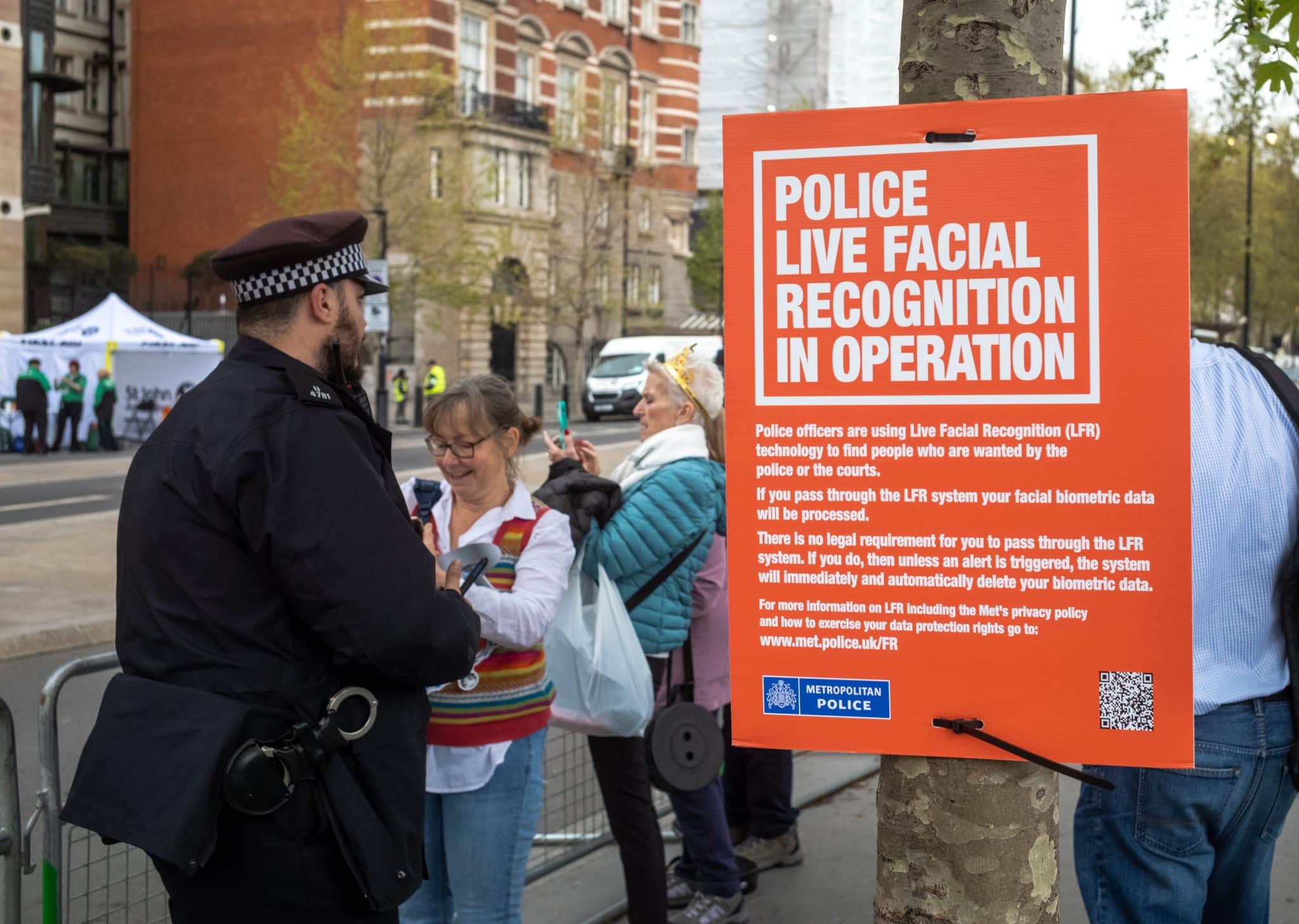A plan by London’s Metropolitan Police to use live facial recognition at Notting Hill Carnival has prompted fresh debate, but that debate is running up against a dearth of evidence about how real-time remote biometrics work in actual deployment to public spaces.
The UK is one of the few jurisdictions in the world to approve police use of LFR without an active emergency, so those arguing for and against its effectiveness are often left clutching at historical applications of obsolete technology, simulations and adjacent applications.
Philip K. Dick has not been held up as evidence in debates around predictive policing yet, but UK police are not waiting for robust evidence of its effectiveness to prototype the technology.
New argument, old facts
A group of 11 civil liberties and anti-racist advocacy groups wrote a letter to Met Police Commissioner Mark Rowley urging it to reconsider the deployment of LFR, on grounds it will only inflame concerns about the force abusing authority and perpetuating racial discrimination.
Similarly, UK human rights regulator the Equality and Human Rights Commission (EHRC) has called on the police to ensure that its use of real-time facial recognition complies with human rights law. The EHRC will also participate in an upcoming judicial review of whether it does.
Rowley acknowledged that those concerns were not alleviated by the use of LFR at the Carnival in 2016 and 2017, but claims the technology, law and oversight are all different than they were then.
“Since then, we’ve made considerable progress. The current version of the algorithm is significantly improved, has undergone independent testing and validation, and now performs to a much higher standard,” he writes, as quoted by The Guardian.
The algorithm the Met now uses “does not perform in a way which exhibits bias,” Rowley argues.
A known unknown
A trio of researchers from the Oxford Internet Institute argue that impressive test scores for facial recognition “fail to reflect reality.”
They are partly right.
Test scores like those from the NIST Facial Recognition Technology Evaluation (FRTE) do not reflect the reality of capturing images from a video feed and matching it in real-time because NIST does not test for that application. The extent to which FRTE and similar evaluations reflect the reality of the applications they are designed for is a matter of ongoing debate, but there is no equivalent to FRTE for live facial recognition.
The researchers, writing in Tech Policy Press, argue that NIST reference images do not reflect the real world conditions like weather and crowd density – issues which are obviously out of scope for the evaluation. The databases are too small, citing research they conducted that explores how identification technologies scale, using a PYC-MB (for Pitman-Yor Correctness, measurement-based) mathematical model to predict how accuracy will be affected. But the research is divided between four identification methods, and finds “the correctness of the facial recognition technique only decreases very slowly with population size.”
The tests dataset used by the UK’s National Physical Laboratory (NPL) contains too few teens and no children at all, a salient point if the technology is used to identify people in those groups.
Three incidents are referred to by the researchers as showing problems of bias or inadequate accuracy in facial recognition, but only one of those involves LFR deployed within the last five years. That is a long time in the world of deep learning facial recognition algorithms, as described by Michigan State University Researchers Minchul Kim, Anil Jain and Xiaoming Liu in a recent paper.
While the strength of the premises may be debated, the reality of accuracy claims about police use of LFR in crowded public places, both that it is good enough and that it is now, is not supported by adequate evidence.
“Without dedicated and transparent research into these critical areas,” the trio writes, “decisions about the deployment of facial recognition systems will continue to be based on out-of-context lab results, rather than a clear understanding of their real-world impacts and inherent limitations.”
Related Posts
Article Topics
accuracy | biometric identification | biometric matching | biometric testing | biometrics | facial recognition | London Metropolitan Police | National Physical Laboratory | NIST | real-time biometrics
Latest Biometrics News
The U.S. Securities and Exchange Commission’s (SEC) newly created Crypto Task Force is hosting a series of roundtables in cities…
California’s Age-Appropriate Design Code continues to face pushback from both Big Tech and digital rights groups. A release from the…
Lawmakers in Brazil have introduced a new bill to establish protections for children in digital environments, which includes provisions outlining…
Details about the digital credential issuance platform New Zealand’s Department of Internal Affairs is currently running an RFP for have…

